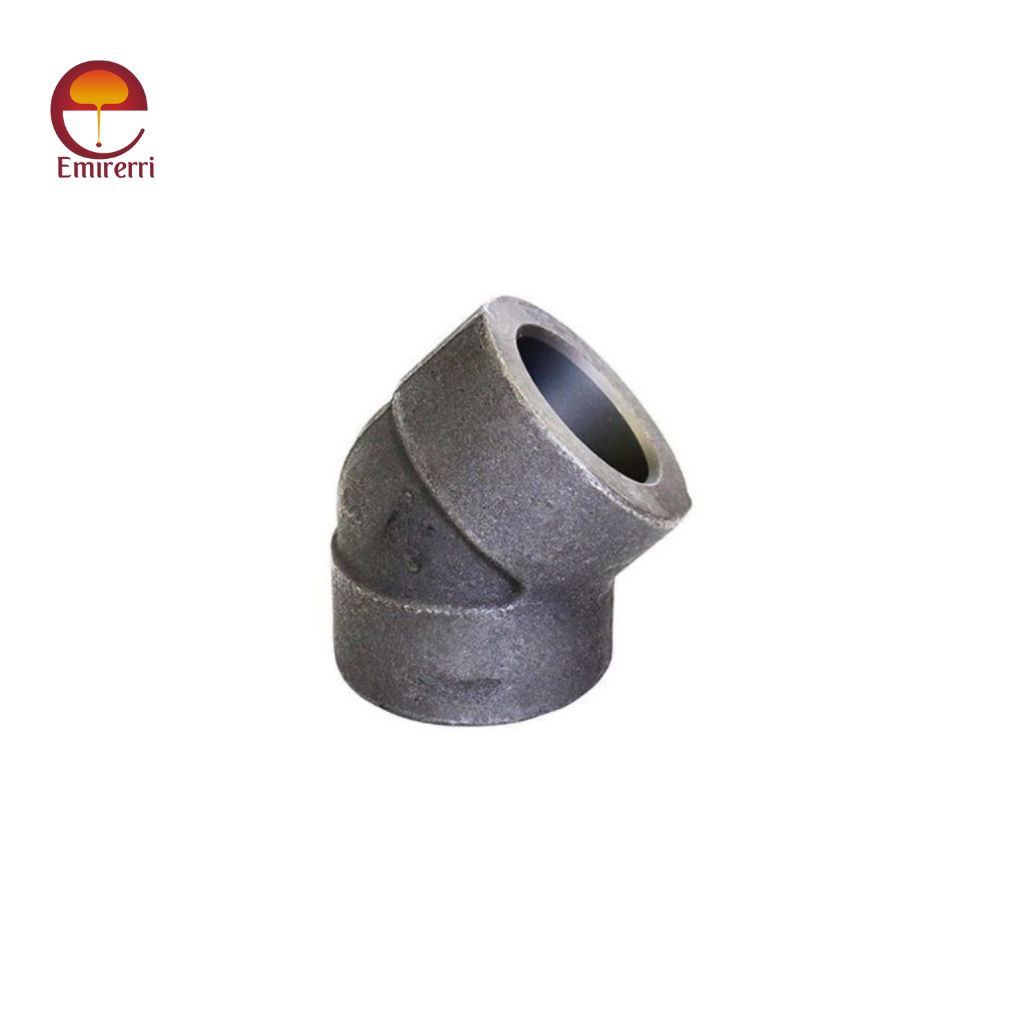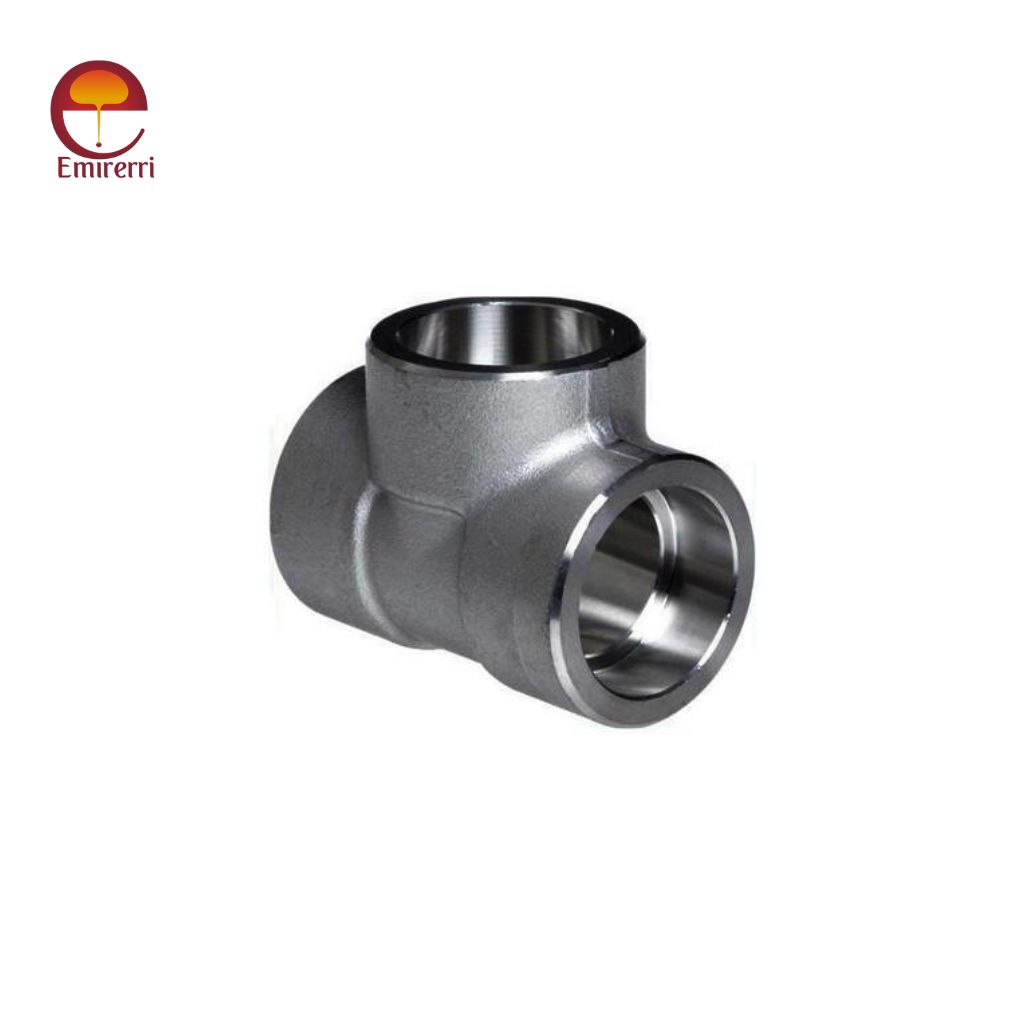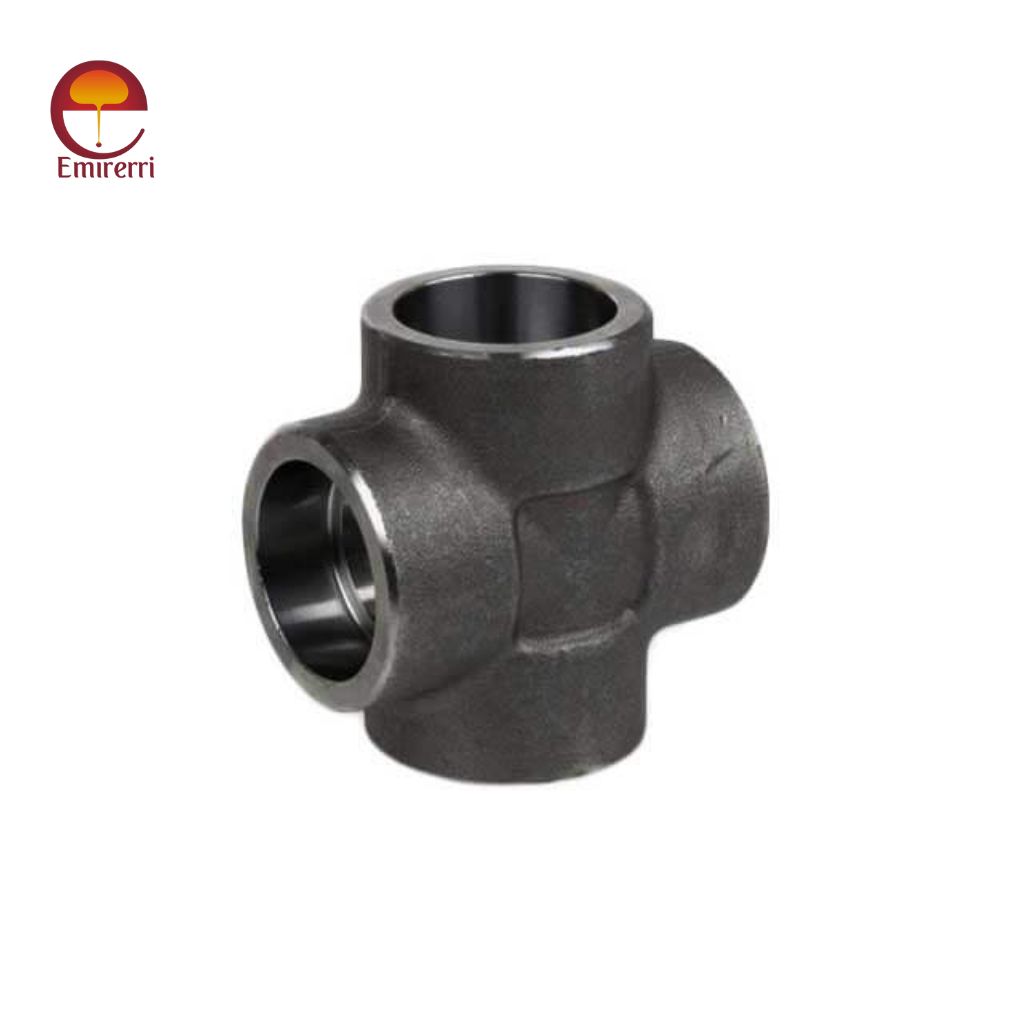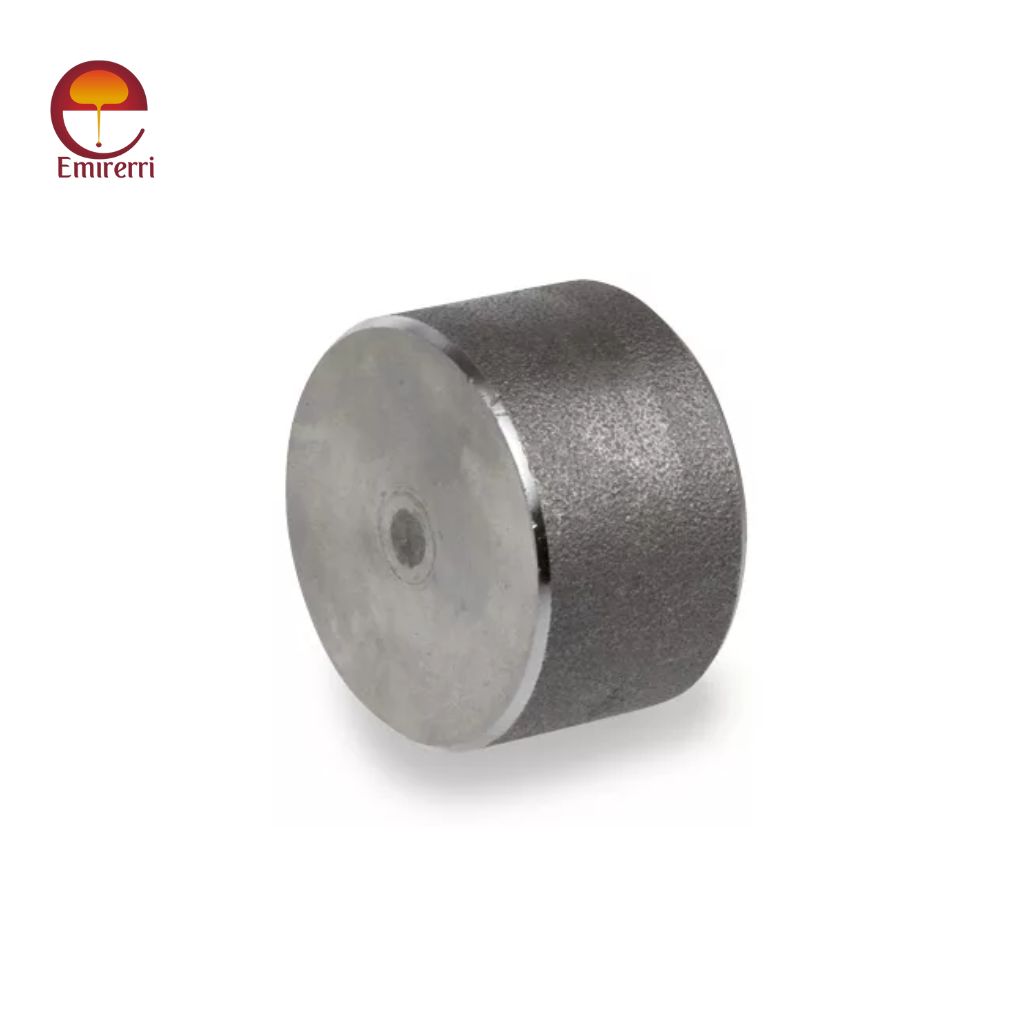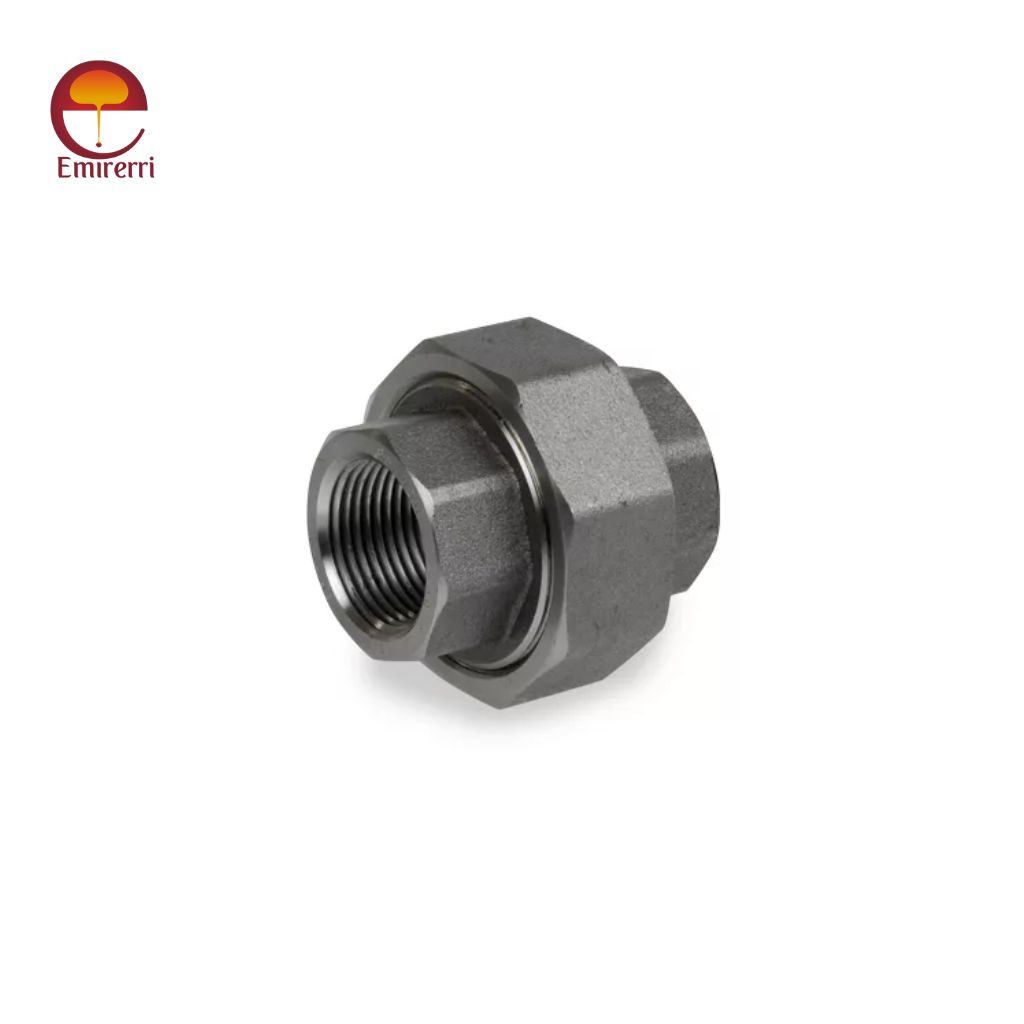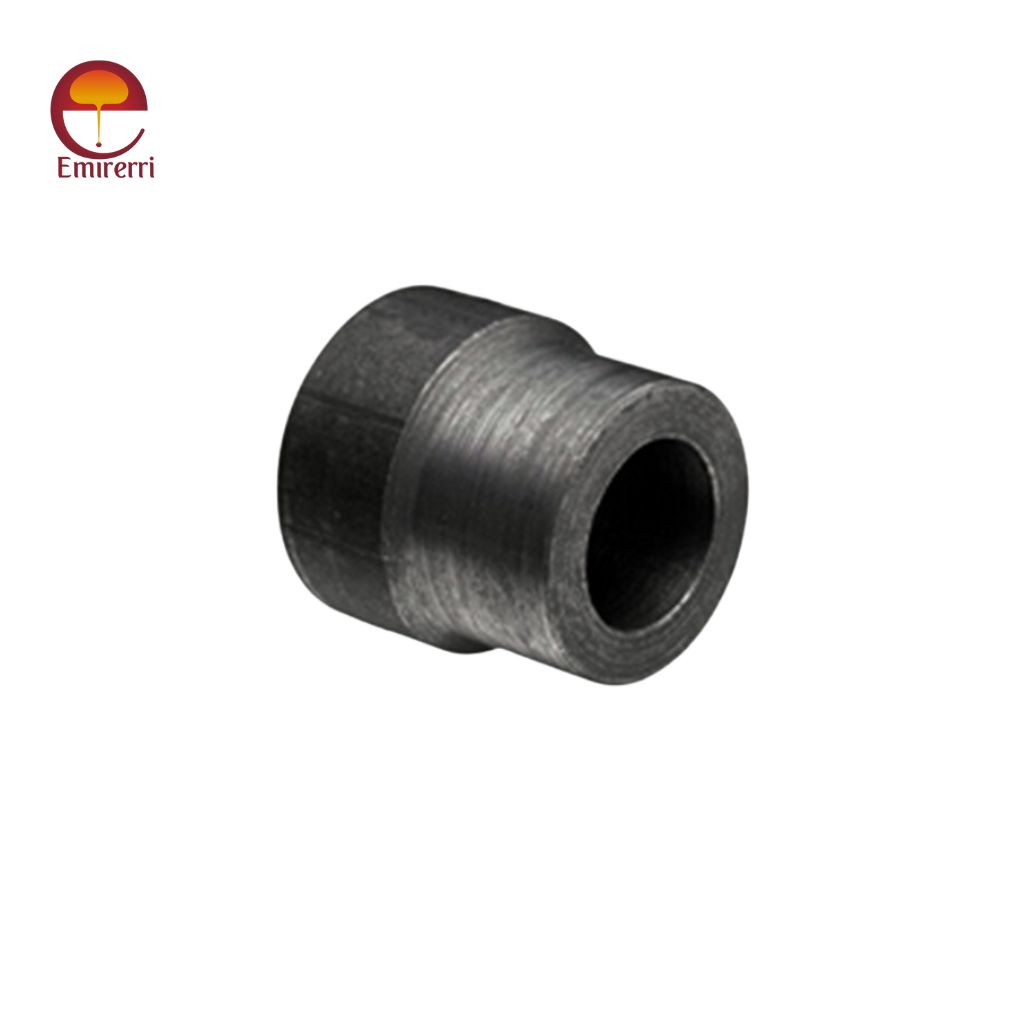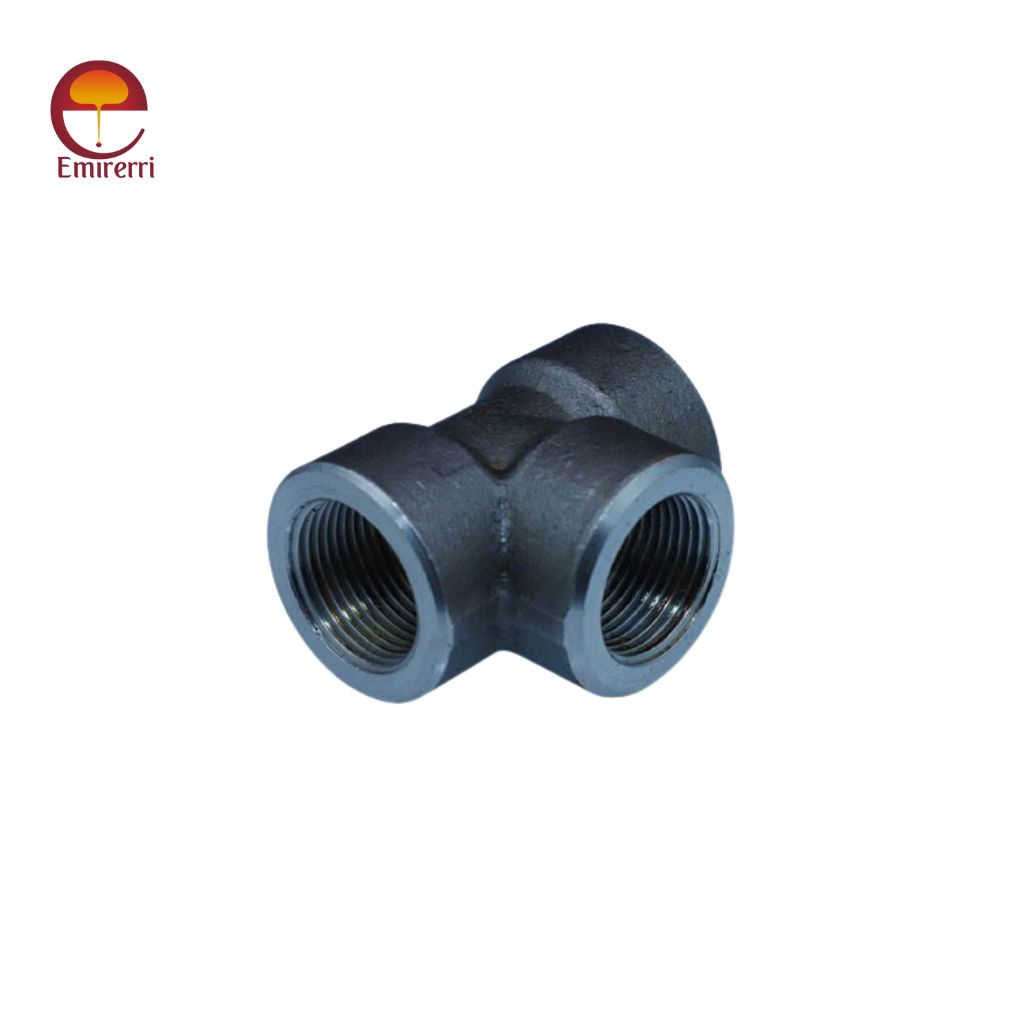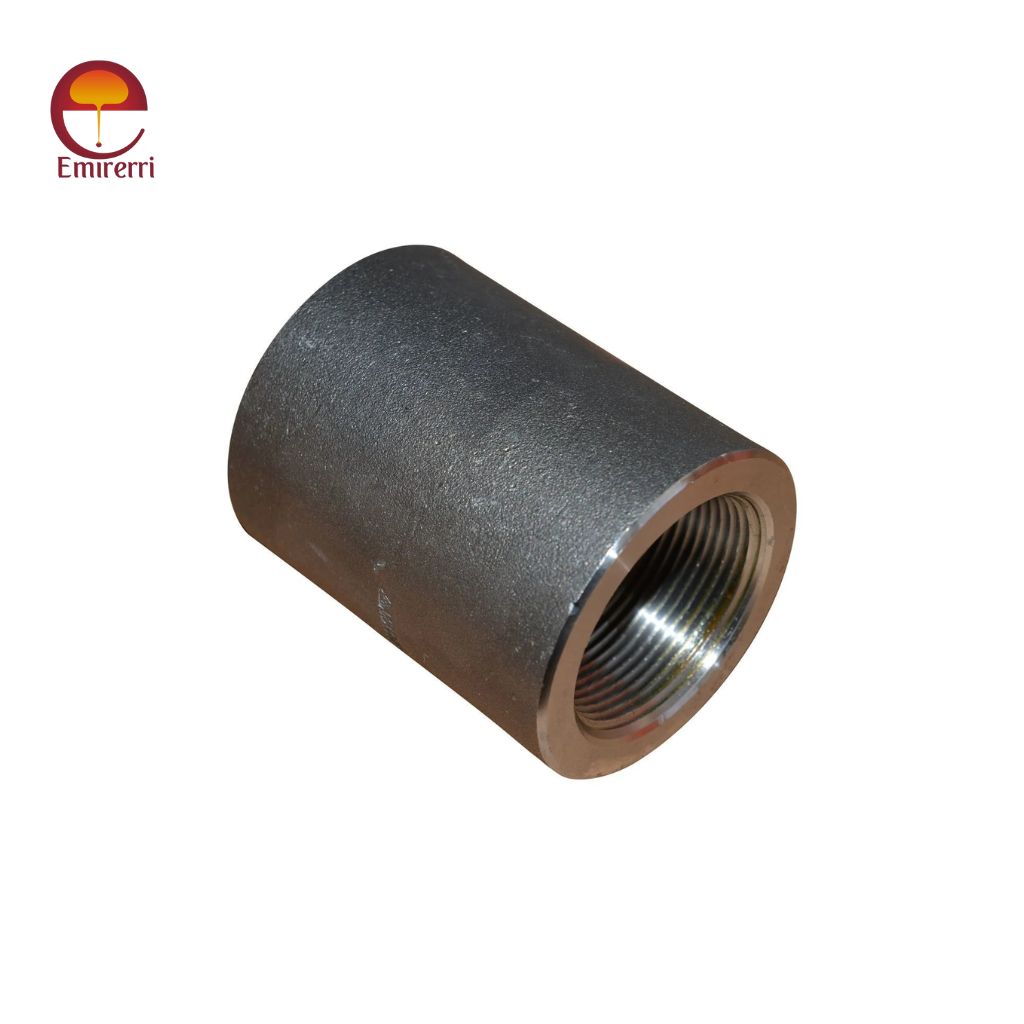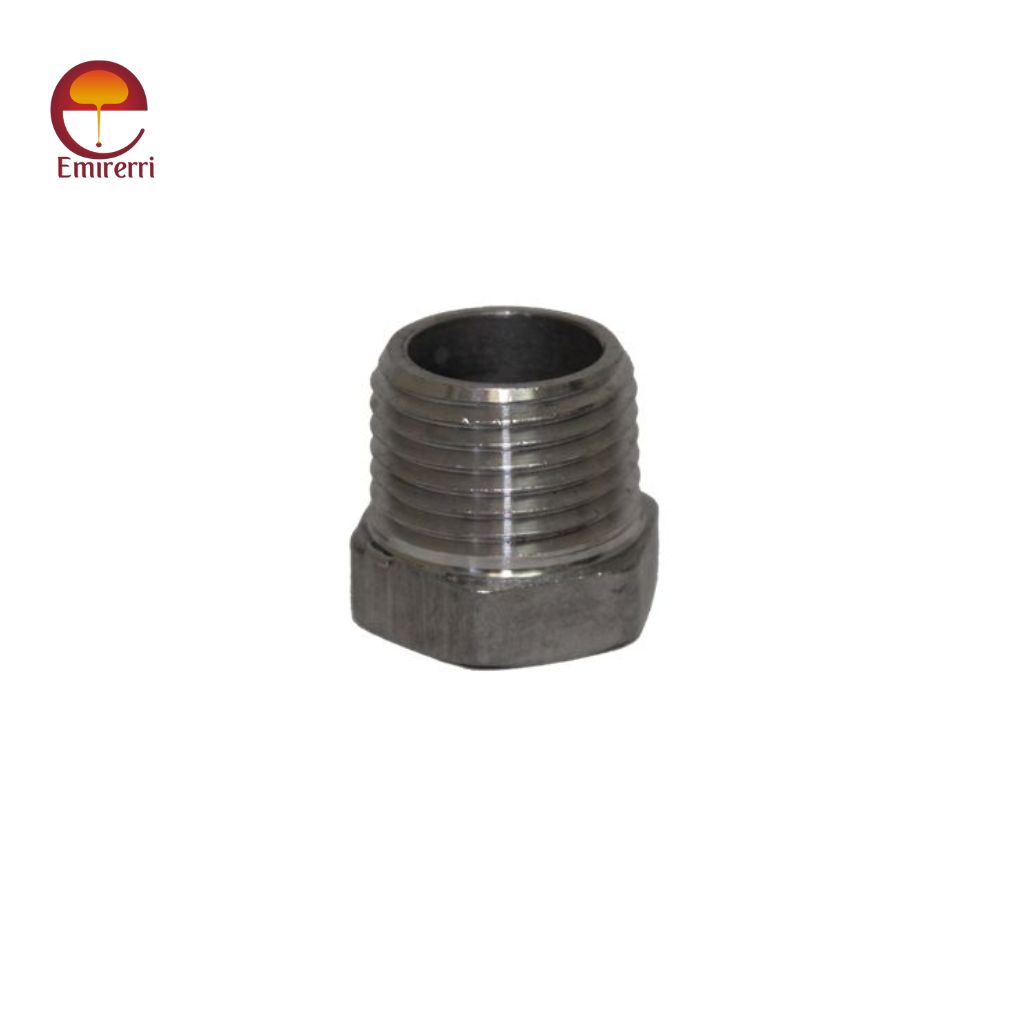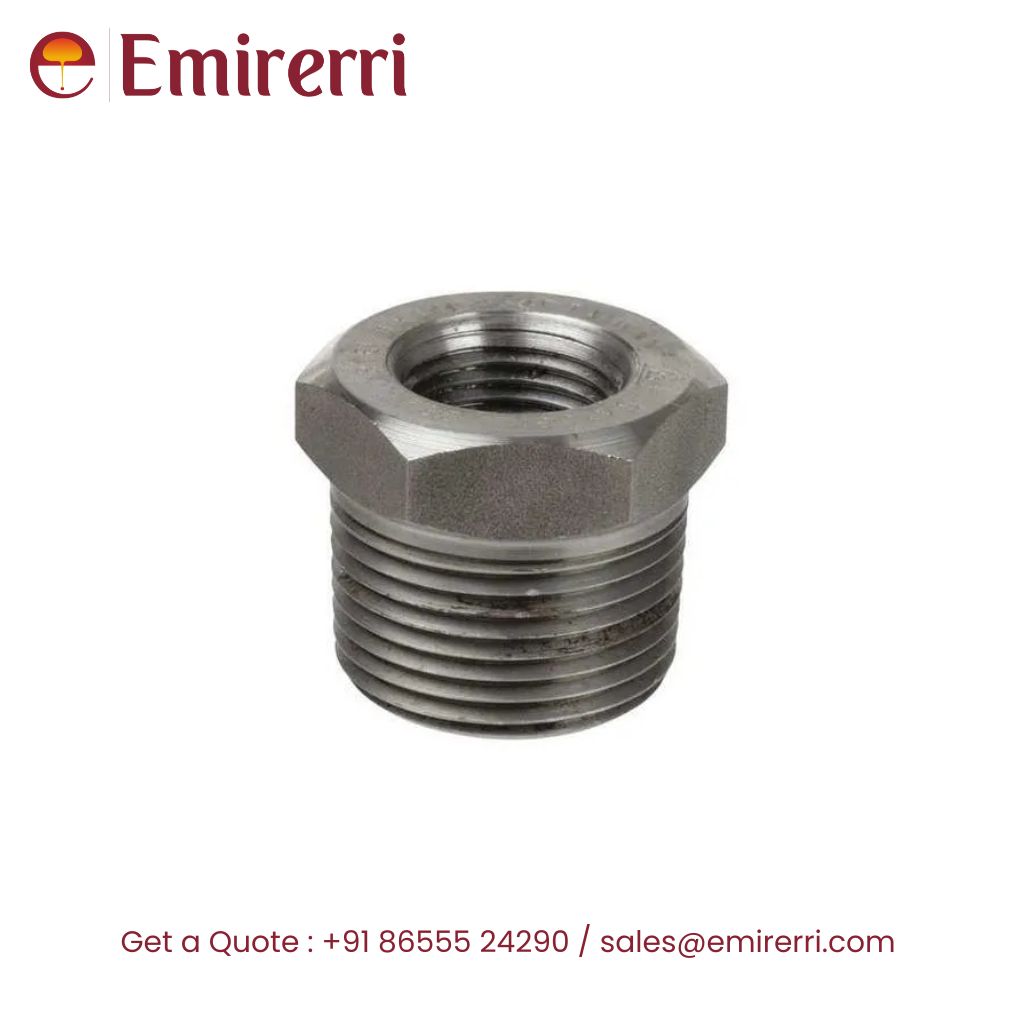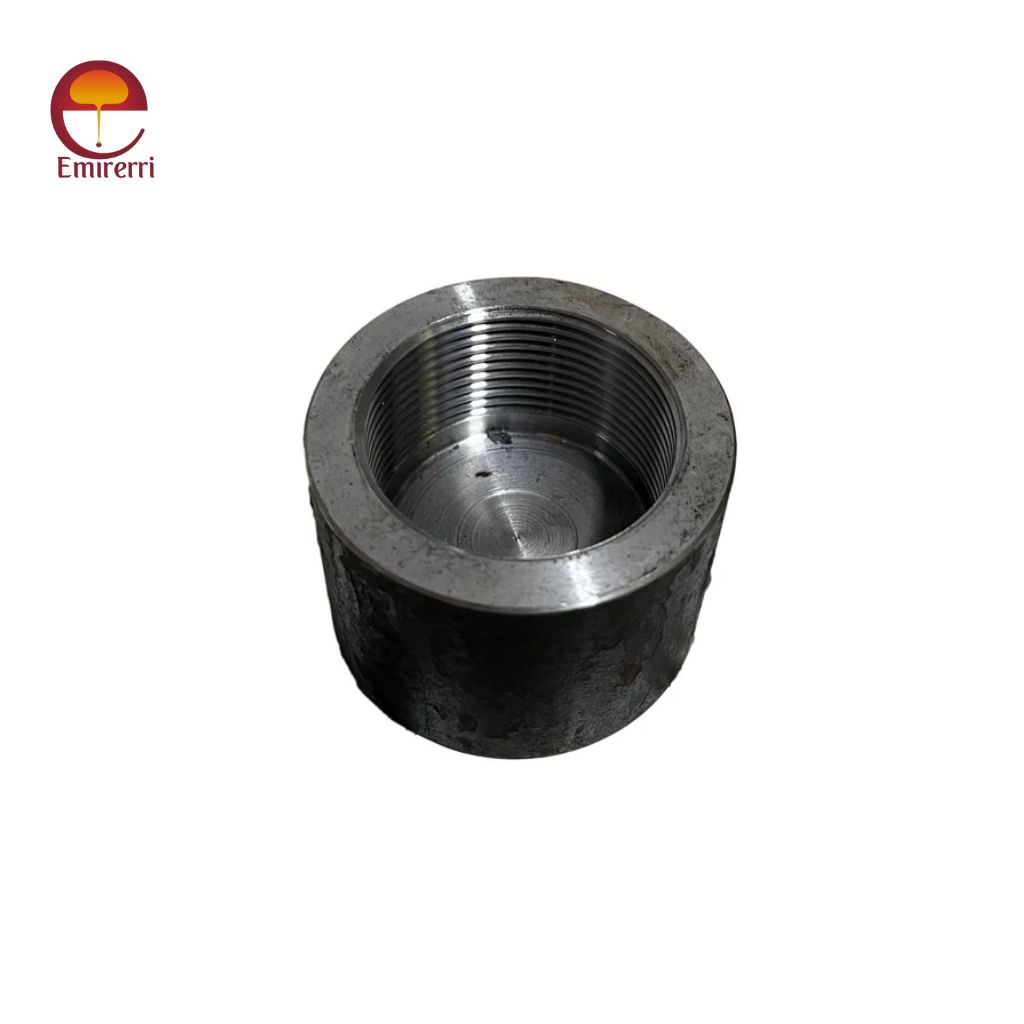ASTM A105
ASTM A105 Carbon Steel Pipe Fittings
ASTM A105 Carbon Steel Pipe Fittings are a type of forged carbon steel fitting known for their durability and high strength. These fittings are typically used in pressure systems, pipelines, and high-temperature environments, making them ideal for industries like oil and gas, petrochemicals, and power generation.
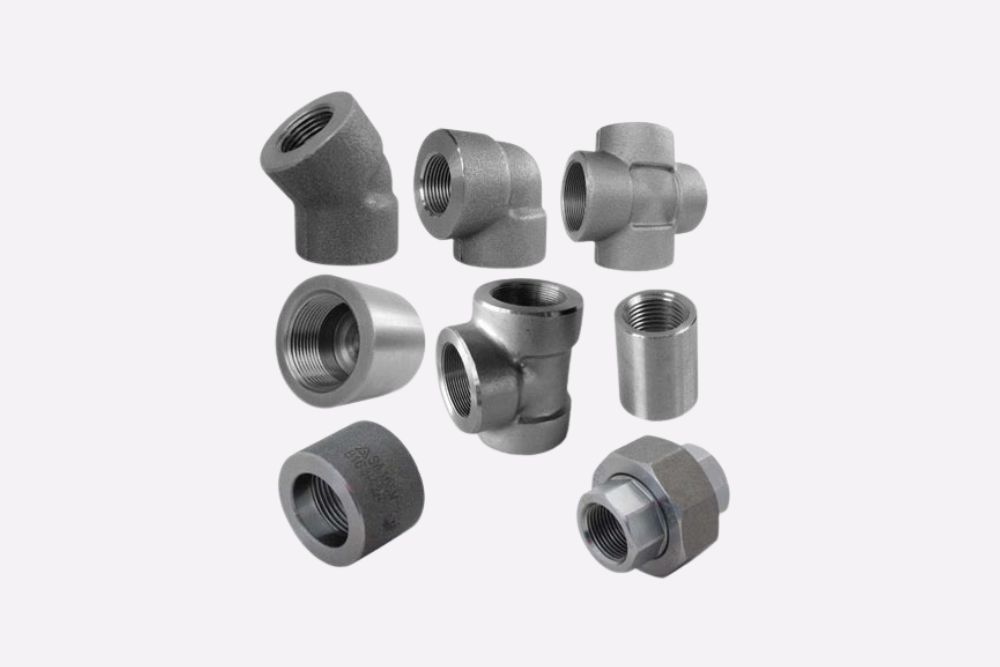
Key Features:
- Material: Made from ASTM A105 forged carbon steel, which provides excellent durability and toughness, making them suitable for various high-pressure applications.
- Types: Available in a range of shapes and styles, including elbows, tees, couplings, unions, caps, and reducers to accommodate different pipeline configurations.
- Pressure Rating: These fittings are often rated for higher pressures, suitable for ANSI standards, such as Class 150, Class 300, and Class 600.
- Temperature Tolerance: ASTM A105 fittings perform well in high-temperature environments, maintaining integrity even in challenging conditions.
Types of Carbon Steel Forged Fittings
Carbon Steel Socket Weld Fittings
Threaded (Screwed) Fittings:
Special / Custom Forged Fittings
Boss
Swage Nipple
Reducing Insert
Adapter
Street Elbow
Class Ratings
Class 2000
Class 3000
Class 6000
Class 9000
Connection Types
Socket Weld (SW) – For permanent welded joints
Threaded (NPT / BSP) – For detachable connections
Applications
Oil & Gas Transmission Pipelines
Petrochemical and Refinery Plants
Power Generation & Thermal Plants
Shipbuilding and Marine Systems
Industrial Process Piping
Water Treatment and Utility Lines
Standards & Grades
Manufacturing Standards:
ASTM A105 / ASME SA105 – Carbon Steel Forgings for Piping Applications
ASTM A350 LF2 / LF3 – Low-Temperature Carbon Steel Forgings
ASTM A694 (F42–F70) – High-Strength Carbon Steel Forgings for Pipeline Applications
ASME B16.11 – Forged Fittings, Socket-Welding, and Threaded
MSS-SP-79 / MSS-SP-83 / MSS-SP-95 – Forged Steel Fitting Specifications
Available Grades:
| Grade | Description |
|---|---|
| ASTM A105 | Standard grade for forged carbon steel fittings used in ambient- and high-temperature service. |
| ASTM A350 LF2 | Low-temperature carbon steel with excellent notch toughness. |
| ASTM A694 F42 – F70 | High-strength carbon steel used for oil & gas pipeline systems and high-pressure service. |
ASTM A105 Material Equivalent
| Standard | Country | Grade |
|---|---|---|
| ASTM A105 | USA | A105 |
| EN 10222-2 | Europe | P245GH / P280GH |
| DIN 17243 | Germany | C22.8 |
| JIS G4051 / JIS G3101 | Japan | S25C / SS400 |
| IS 1875 | India | C22 |
| GOST 1050 | Russia | 20 / 25 |
A105 Mechanical Properties
| Element | Composition (Weight %) |
|---|---|
| Carbon (C) | 0.35 max |
| Manganese (Mn) | 0.60 – 1.05 |
| Phosphorus (P) | 0.04 max |
| Sulfur (S) | 0.05 max |
| Silicon (Si) | 0.10 – 0.35 |
| Copper (Cu) | 0.40 max |
| Nickel (Ni) | 0.30 max |
| Chromium (Cr) | 0.30 max |
| Molybdenum (Mo) | 0.12 max |
| Vanadium (V) | 0.10 max |
A105 Physical Properties
| Property | Value |
|---|---|
| Density | 7.85 g/cm³ (7850 kg/m³) |
| Melting Point | 2,600°F (1,426°C) |
| Thermal Conductivity | 26.2 W/m·K (at 100°C) |
| Specific Heat | 0.48 J/g·K (at 25°C) |
| Electrical Resistivity | 0.00049 ohm·cm |
| Coefficient of Thermal Expansion | 11.7 µm/m·°C (at 20°C to 100°C) |
Compliance and Testing
Compliance and testing for ASTM A105 carbon steel involve a set of quality control processes to ensure the material meets safety, durability, and reliability standards for use in pressure systems and piping applications.
Chemical Composition Testing
- Conducted to confirm that the chemical elements in the steel meet ASTM A105 standards.
- Methods: Typically performed using spectrometry or other chemical analysis methods.
- Elements Tested: Carbon, manganese, phosphorus, sulfur, silicon, and optional elements like copper, nickel, chromium, molybdenum, and vanadium.
Mechanical Properties Testing
- Tensile Testing: Determines the material’s tensile strength, yield strength, and elongation percentage. ASTM A105 requires:
- Minimum tensile strength of 485 MPa.
- Minimum yield strength of 250 MPa.
- Hardness Testing: Verifies that hardness does not exceed 187 HBW (Brinell Hardness).
- Impact Testing: Required when the material is used in low-temperature applications or for sizes with higher wall thicknesses. Charpy V-notch test is commonly performed.
Heat Treatment
- While normalizing is optional, it is recommended for applications requiring enhanced mechanical properties.
- After heat treatment, materials are tested to confirm adherence to the specified mechanical properties.
Non-Destructive Examination (NDE)
- This is optional based on project specifications but may include methods such as:
- Ultrasonic Testing (UT): Checks for internal discontinuities or flaws.
- Magnetic Particle Testing (MT): Used for detecting surface and near-surface defects.
- Liquid Penetrant Testing (PT): Suitable for finding surface-breaking defects.
- Typically done when specific projects demand enhanced safety and reliability.
Hydrostatic Testing
Flanges and fittings made of ASTM A105 do not require hydrostatic testing under the ASTM standard, as they are designed to withstand system pressures. However, they may be pressure tested as part of system installation.
Partner with Emirerri Steel — Where Quality Meets Reliability.
Get in Touch Today for a Custom Quote!

